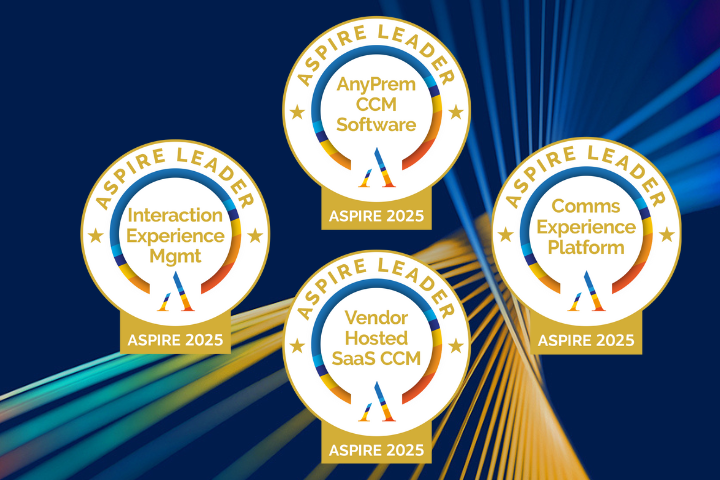
Effective communication is a challenge for all businesses, and while every customer wants communication to be convenient, this doesn’t necessarily mean digital all the way. If businesses don’t optimize their multi-channel communications they can end up spending more time than they should on activities and still not satisfy customers. The right multi-channel communications solution helps businesses meet customer preferences while saving time and improving internal operations.
To successfully engage with customers, businesses need to contact them at the right time in the right way with the right message. We all use a range of communications channels today and, while some customers have very fixed views on how they wish to receive information (they may have gone ‘all digital’ or prefer all print) many prefer particular channels for particular communications. They might want a brochure through the post but prefer an order confirmation by email.
Businesses must find a way of satisfying these customer preferences through streamlined communications management that also improves their own operations.
Short-Term Solutions Become Long-Term Processes
This can seem like a challenge, not least because small businesses often build up channels of communication over time. They may have used only print when they started out and incorporated digital later; launched a website and then added social media. As a result, they can find themselves with mismatched communications processes that treat each channel separately. While it’s better to communicate through multiple channels rather than just one, managing them in this way can be inefficient and inconsistent.
It can mean spending time reformatting documents and messages for different channels. Working manually, it’s also hard to comply with customers’ rights not to be contacted, which could mean contravening data protection laws as well as aggravating customers.
Integrate and Automate for Better Results
Businesses that integrate new technologies with existing communications tools stand to enjoy more successful multi-channel communications. Output management software can design and centralize communications and manage customer preferences and distribution, automating many elements of the process – such as addressing – to reduce the risk of errors. When silos between channels are removed, valuable customer data will inform each communications piece and can be used to personalize messages.
Knowing and meeting customer expectations around communications is important for customer satisfaction and building the business’ brand. However, just as important is communicating through multiple channels well and this means streamlining how communications are developed and distributed and honoring customers’ contact preferences.
Find out how Quadient can help with this so that your business effectively manages multi-channel communications.







